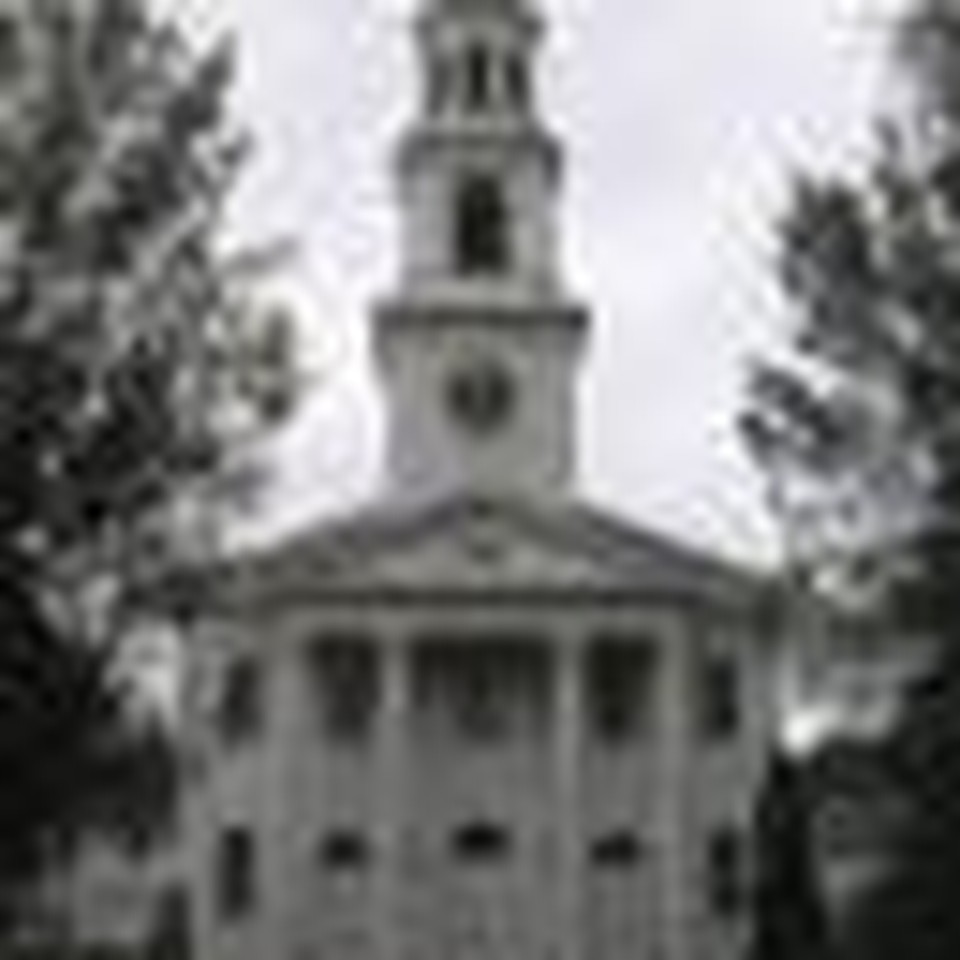Keeping the Lights on Monday through Saturday

The scenario is common and vexing.
A church building erected generations ago to serve a different era sits idle six days a week and still consumes 50 percent or more of the church budget. Maintenance gets deferred, comforts are reduced, staff that is needed when the church is open are laid off, and nothing gets better.
Frustrated church leaders wonder if they should jettison the beloved structure and join newer congregations in strip malls and schools. They don't raise the idea, of course, because their primary donors are older parishioners for whom the building is a treasure.
Some leaders dig in their heels, put the building first, and say "No" to any new expenses that would endanger the facilities budget, thus preventing initiatives that might build membership and justify bricks-and-mortar.
A prominent English vicar offers another solution, grounded in church architecture itself.
In the Middle Ages, says the Rev. Desmond Tillyer, formerly of St. Peter's Eaton Square, in the Belgravia section of London, churches had two parts: a chancel reserved for sacred uses, and a nave used for worship but even more for secular purposes.
"In the nave," says Tillyer, "the people gathered for Mass, but it was also a parish hall, a place for community rites of passage, e.g.celebrations of wedding feasts and funeral wakes, also sometimes the local market or the local court house, and ultimately the final place of refuge into which the people brought their families and livestock if the village were attacked."
Many New York City churches served exactly that last function during the 9/11 attacks. They set up feeding stations for first-responders, posted photos of the missing, provided space for grief counseling, distributed water to ash-covered citizens fleeing Wall Street, and formed pastoral partnerships with firehouses that had lost comrades.
English churches got stiff during the Protestant Reformation, says Tillyer, when Puritans banned secular activities in churches and Roman Catholic counter-reformers followed suit.
But churches are becoming community centers once again, Tillyer says. "Naves have become shops, Post Offices, welcoming facilities, including cafes and information centers, places for lunch clubs to meet ... art galleries opened, medical centers, meeting places for youth clubs, study groups."
Some alterations of facilities needed to be made, but grateful government agencies shared the expense.
At St. Peter's, they removed pews and communion rails to provide concert and meeting space. They adapted the crypt for a nursery school and non-church tenants. The parish hall was converted for sharing with government agencies, social events and commercial rentals.
"The result," says Tillyer, "was not only an immediate intermeshing of church and community, but also income for the church so that the mission and ministry of the church could be further enhanced."
Churches in America have a different relationship with government and would need to work around tax-exemption issues. But I have seen that done. The larger obstacles are resistance among members unaccustomed to sharing their space, and worry about outsiders causing damage, clutter and odors.
Even so, many congregations have taken steps toward becoming community centers. In my neighborhood, a United Methodist church building is in use seven days a week: as home for three separate congregations (Methodist, Presbyterian and Jewish), a seniors program, a feeding ministry, a community orchestra and chorus, a community theater, programs for children, and English-as-a-second-language classes for immigrants.
Yes, the facilities look worn. But worn is better than empty.
Tom Ehrich is a writer, church consultant and Episcopal priest based in New York. He is the author of Just Wondering, Jesus, and the founder of the Church Wellness Project, www.churchwellness.com. His Web site is www.morningwalkmedia.com.
c. 2009 Religion News Service. Used with permission.
Original publication date: September 16, 2009
Originally published September 16, 2009.





